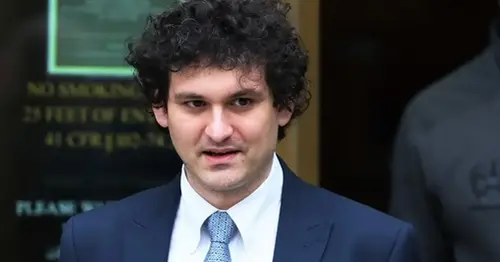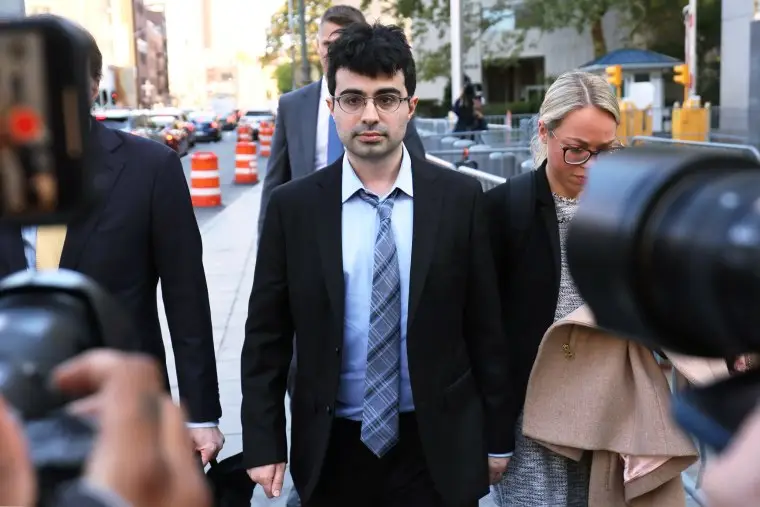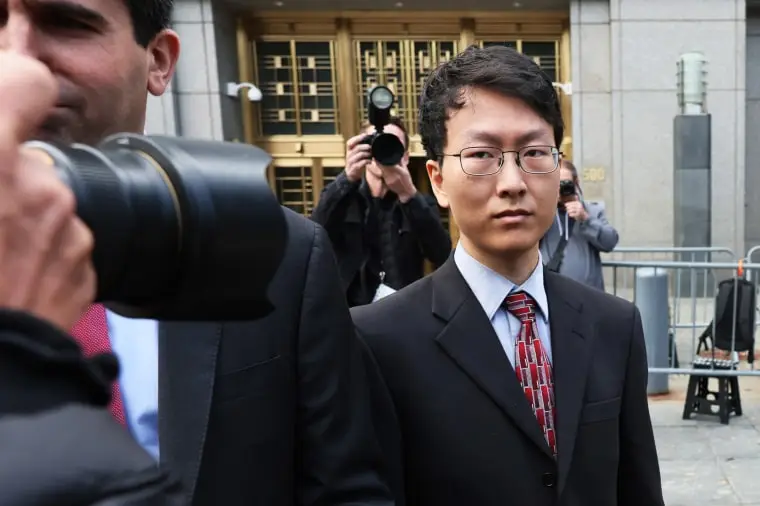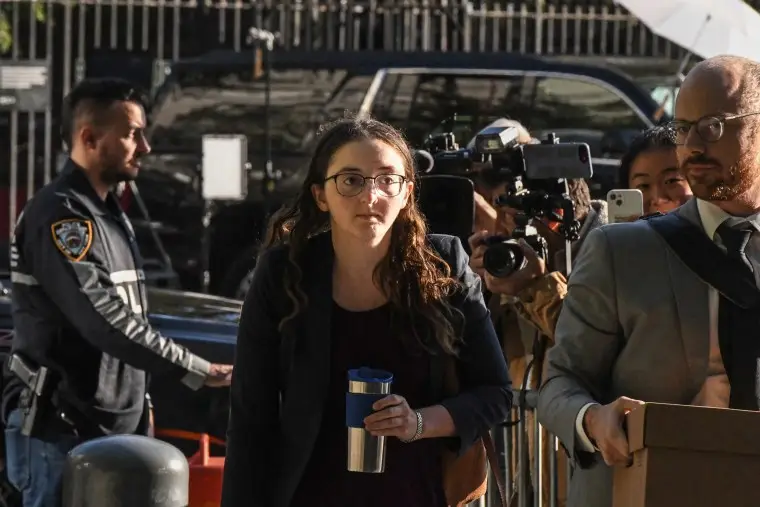
Sam Bankman-Fried trial: Timeline of the biggest moments so far
Two of the people closest to Sam Bankman-Fried were asked the same question as they began their testimony this week: Did they commit financial crimes while they were working at FTX, the cryptocurrency exchange that crumbled last fall?
Both Gary Wang and Caroline Ellison answered "Yes."
While the finer points of cryptocurrencies, financial market trading and securities law can seem dizzying, the most striking moments in the first two weeks of Bankman-Fried's trial have been relatively simple.
Here's a rundown of some of the key moments from the trial so far:
The cocoa bean trader
The government began its case not with an FTX insider but with a commodities broker named Marc-Antoine Julliard, who said he invested $100,000 with FTX.
Julliard testified that he decided to buy digital currencies to diversify his investments and that he bought through FTX because it had attracted so much media coverage and because of the celebrities and investment funds involved with it. He said he didn't make any risky trades but lost almost all of his investment when FTX failed.
Prosecutors called him to represent typical investors who, according to the government, lost money because Bankman-Fried and his co-workers fooled those investors and spent the money on themselves or gave it to lenders to Alameda Research, Bankman-Fried’s hedge fund.
Bankman-Fried's lawyers argue that he didn’t defraud anyone, that startups like FTX are complex and often fail and that the government is looking for someone to blame for customers' losses.

Bankman-Fried, whose stake in FTX and Alameda Research was once estimated to be worth as much as $26 billion on paper, faces seven decades in jail on a series of federal charges related to oversight of the now-bankrupt firms.
The former friend
Adam Yedidia was a college friend of Bankman-Fried's at MIT and worked as a software engineer for FTX in 2021-22. He said that he informed Bankman-Fried in June 2022 that $8 billion in FTX customers' cash was missing and that they later discussed the missing money in person.

He said Bankman-Fried seemed unusually nervous during their conversation and acknowledged that FTX was vulnerable.
Even so, Yedidia said, he trusted Bankman-Fried. In November, when the business was collapsing and people were leaving, he wrote to him on Signal: "I love you Sam. I'm not going anywhere."
Yedidia said that changed when he learned FTX customer deposits had been used to pay loans to Alameda's creditors, which he said was "flagrantly wrong." After that, he resigned.
He was then asked why he lost faith in the company and quit.
"FTX defrauded all its customers," Yedidia said. The answer was stricken from the court record.
The co-founder
Bankman-Fried appeared visibly upset at times during the testimony of FTX co-founder and technology chief Gary Wang. He looked at the ground at times and once put his head in his hands while Wang was on the stand.

Wang told the court about the days before Alameda and FTX failed. He said the firm's leaders considered shutting Alameda down but couldn't because it owed roughly $14 billion and had no way to pay it back.
Asked about a tweet by Bankman-Fried that said, "Assets are fine," Wang said, "FTX was not fine, and assets were not fine."
The star witness
Alameda’s CEO, Caroline Ellison, Bankman-Fried's ex-girlfriend, said he told her to steal $10 billion from FTX’s customers and use it to repay firms that had lent money to Alameda.
“Sam directed me to commit these crimes,” Ellison said near the beginning of several days of testimony.

She also testified that Bankman-Fried instructed her to mislead lenders to make the firm's finances look better than they actually were — a way to stop those lenders from getting nervous and asking for their money back.
Ellison's personal relationship with Bankman-Fried was discussed at times during her testimony. While Ellison was on the stand for three full days, the two appeared to avoid looking at each other throughout.
Ellison broke down in tears after prosecutors shared messages in which she told Bankman-Fried that she was relieved that the truth about FTX and Alameda was finally coming out.
Ellison, like Wang and another top FTX executive, Nishad Singh, have pleaded guilty to a series of fraud-related criminal charges and are cooperating with the prosecution in the hope of reducing their own prison sentences.
The final days of FTX and Alameda Research
Christian Drappi, a former software engineer for Alameda, testified about the final days before FTX and Alameda failed. He said Ellison told him that FTX had a "shortfall" of users' funds because Alameda had been borrowing them. He said he was shocked to learn about that.
While Drappi was on the stand, the prosecution played a recording of a company meeting led by Ellison. It was secretly taped by another employee, who gave it to Drappi.
In the recording, Ellison tells employees that FTX doesn't have enough funds to give all of its users their money back and that it is trying to raise funds. Drappi says he's surprised because a firm would usually raise money to fund it operations, not to "fill a hole in a company’s balance sheet."
He then asks Ellison whether the loan was collateralized in a standard way. She says it wasn't.
"That seems pretty bad," he says.
Drappi resigned from Alameda the next day.
The ex-CEO
The final witness of the week was Zac Prince. He's also the CEO of a crypto company that went under — not an exchange like FTX, where digital currencies like Bitcoin are traded, but a company that lent to other businesses in the industry.
Prince's company, BlockFi, lent more than $1 billion to Alameda Research over a few years, and he said it always made payments on time. He said that he also saw Alameda's balance sheets every quarter and that, based on those, he thought the company was in very good shape.
He said he didn't know Alameda was taking money from FTX or know about loans it made to insiders like Bankman-Fried, and he said he wouldn't have lent to Alameda had he known the true state of its finances.
When the crypto market fell sharply in mid-2022, BlockFi was also hit hard. It struck a deal with FTX in which it borrowed from BlockFi, and it also had an option to buy it. It also made more loans to Alameda.






